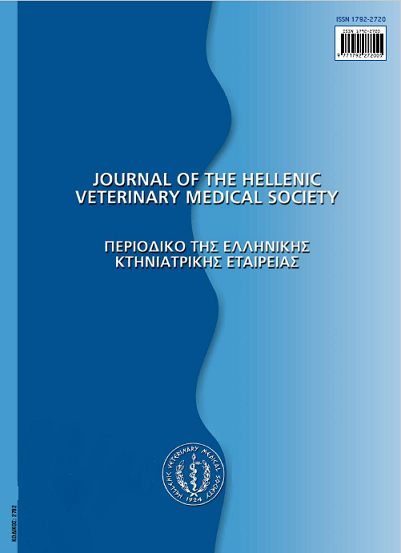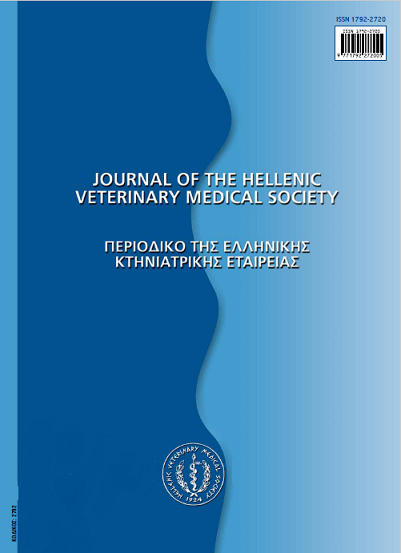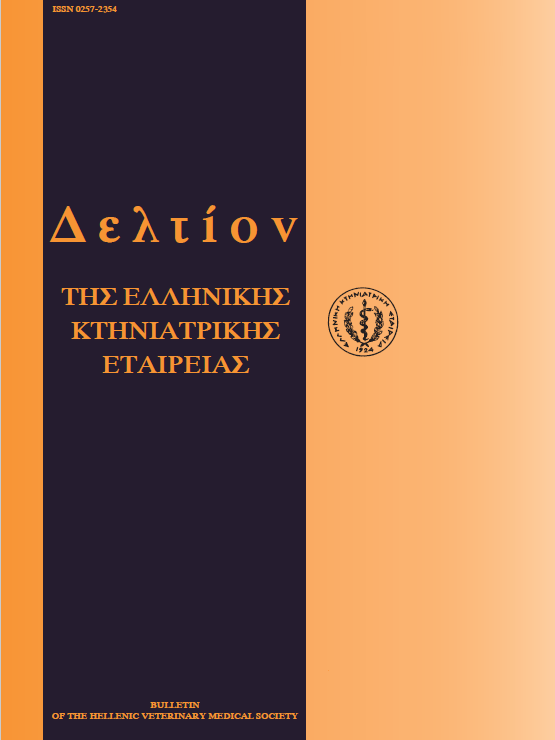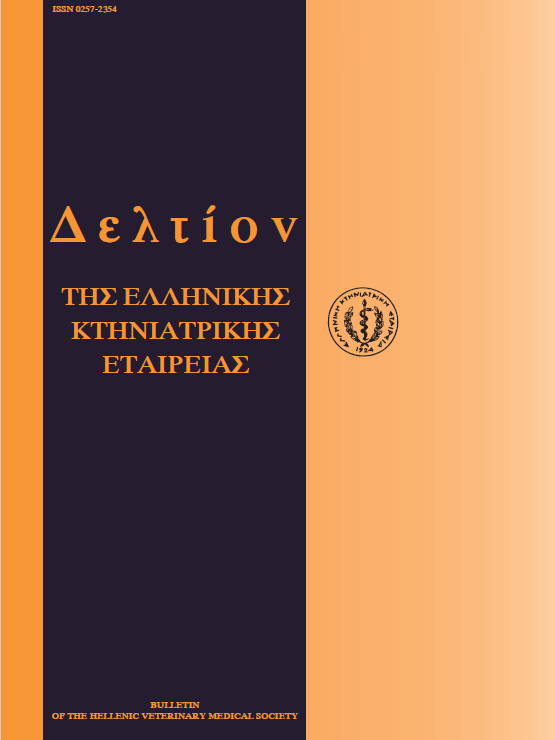Παραγωγή μορφοποιημένου ιχθυοσκευάσματος από σάρκα σαυριδιού με τη χρησιμοποίηση του ενζύμου μικροβιακή τρανσγλουταμινάση παρουσία καζεϊνικών αλάτων

Περίληψη
Σκοπός της εργασίας αυτής ήταν η αξιοποίηση της σάρκας του σαυριδιού με την παρασκευή ενός μορφοποιημένου ιχθυοσκευάσματος, χωρίς οστά και δέρμα. Το συγκεκριμένο προϊόν παρασκευάστηκε μόνο με την προσθήκη αλατιού σε τρεις διαφορετικές αναλογίες (0-μάρτυρας, 10 και 20 g/Kg σάρκας) και του ενζύμου μικροβιακή τρανσγλουταμινάση (MTG), ως συνδετικού παράγοντα, επίσης σε τρεις διαφορετικές αναλογίες (0-μάρτυρας, 5 και 10 g/Kg σάρκας). Η μορφοποίηση της σάρκας του σαυριδιού έγινε υπό ψύξη σε κυλινδρικούς σωλήνες από plexiglass. Τα αποτελέσματα της έρευνας έδειξαν σημαντική βελτίωση των μηχανικών και λειτουργικών ιδιοτήτων του μορφοποιημένου ιχθυοσκευάσματος όταν προστίθεται στη λεπτοτεμαχισμένη σάρκα του σαυριδιού αυξανόμενη ποσότητα αλατιού σε συνδυασμό με μεγάλες ποσότητες του ενζύμου. Η σκληρότητα κυμαινόταν μεταξύ 2,053 και 3,885 Ν, η ελαστικότητα μεταξύ 2,743 και 5,480 mm και η συνεκτικότητα μεταξύ 0,193 και 0,393 στα δείγματα τα οποία εξετάστηκαν. Από την άλλη, η προσθήκη του άλατος ήταν απαραίτητη, καθώς τα δείγματα που περιείχαν μόνο το ένζυμο δεν είχαν βελτιωμένες μηχανικές ιδιότητες, ενώ η προσθήκη της MTG δεν επηρέαζε σημαντικά την ένταση της Ικανότητας Συγκράτησης Ύδατος. Οι μικροβιολογικές εξετάσεις (αρίθμηση της Ολικής Αερόβιας Χλωρίδας, της Shewanella putrefaciens, των Pseudomonas spp. και των Εντεροβακτηριοειδών) έδειξαν ότι το μορφοποιημένο ιχθυοσκεύασμα μπορεί να συντηρηθεί υπό ψύξη (2±2˚C) μέχρι τέσσερις ημέρες, γεγονός το οποίο επιβάλλει τη χρησιμοποίηση δραστικότερων μεθόδων συντήρησης του προϊόντος, όπως είναι η θερμική επεξεργασία, η κατάψυξη και η συσκευασία υπό κενό ή σε τροποποιημένες ατμόσφαιρες. Η εκτίμηση των οργανοληπτικών ιδιοτήτων του προϊόντος έγινε μετά τη θερμική του επεξεργασία (72˚C στον πυρήνα) σε υδατόλουτρο 75˚C. Κατά τον έλεγχο με τις αισθήσεις, το προϊόν έγινε αποδεκτό από την ομάδα των δοκιμαστών, οι οποίοι έδωσαν τη μεγαλύτερη βαθμολογία στο μορφοποιημένο ιχθυοσκεύασμα με τις μεγαλύτερες ποσότητες αλατιού και MTG.
Λεπτομέρειες άρθρου
- Πώς να δημιουργήσετε Αναφορές
-
TZIKAS (Ζ. ΤΖΗΚΑΣ) Z., SOULTOS (Ν. ΣΟΥΛΤΟΣ) N., AMBROSIADIS (Ι. ΑΜΒΡΟΣΙΑΔΗΣ) I., LAZARIDOU (Α. ΛΑΖΑΡΙΔΟΥ) A., & GEORGAKIS (ΣΠ. ΓΕΩΡΓΑΚΗΣ) S. (2018). Παραγωγή μορφοποιημένου ιχθυοσκευάσματος από σάρκα σαυριδιού με τη χρησιμοποίηση του ενζύμου μικροβιακή τρανσγλουταμινάση παρουσία καζεϊνικών αλάτων. Περιοδικό της Ελληνικής Κτηνιατρικής Εταιρείας, 66(3), 147–160. https://doi.org/10.12681/jhvms.15858
- Τεύχος
- Τόμ. 66 Αρ. 3 (2015)
- Ενότητα
- Research Articles

Αυτή η εργασία είναι αδειοδοτημένη υπό το CC Αναφορά Δημιουργού – Μη Εμπορική Χρήση 4.0.
Οι συγγραφείς των άρθρων που δημοσιεύονται στο περιοδικό διατηρούν τα δικαιώματα πνευματικής ιδιοκτησίας επί των άρθρων τους, δίνοντας στο περιοδικό το δικαίωμα της πρώτης δημοσίευσης.
Άρθρα που δημοσιεύονται στο περιοδικό διατίθενται με άδεια Creative Commons 4.0 Non Commercial και σύμφωνα με την άδεια μπορούν να χρησιμοποιούνται ελεύθερα, με αναφορά στο/στη συγγραφέα και στην πρώτη δημοσίευση για μη κερδοσκοπικούς σκοπούς.
Οι συγγραφείς μπορούν να καταθέσουν το άρθρο σε ιδρυματικό ή άλλο αποθετήριο ή/και να το δημοσιεύσουν σε άλλη έκδοση, με υποχρεωτική την αναφορά πρώτης δημοσίευσης στο J Hellenic Vet Med Soc
Οι συγγραφείς ενθαρρύνονται να καταθέσουν σε αποθετήριο ή να δημοσιεύσουν την εργασία τους στο διαδίκτυο πριν ή κατά τη διαδικασία υποβολής και αξιολόγησής της.








